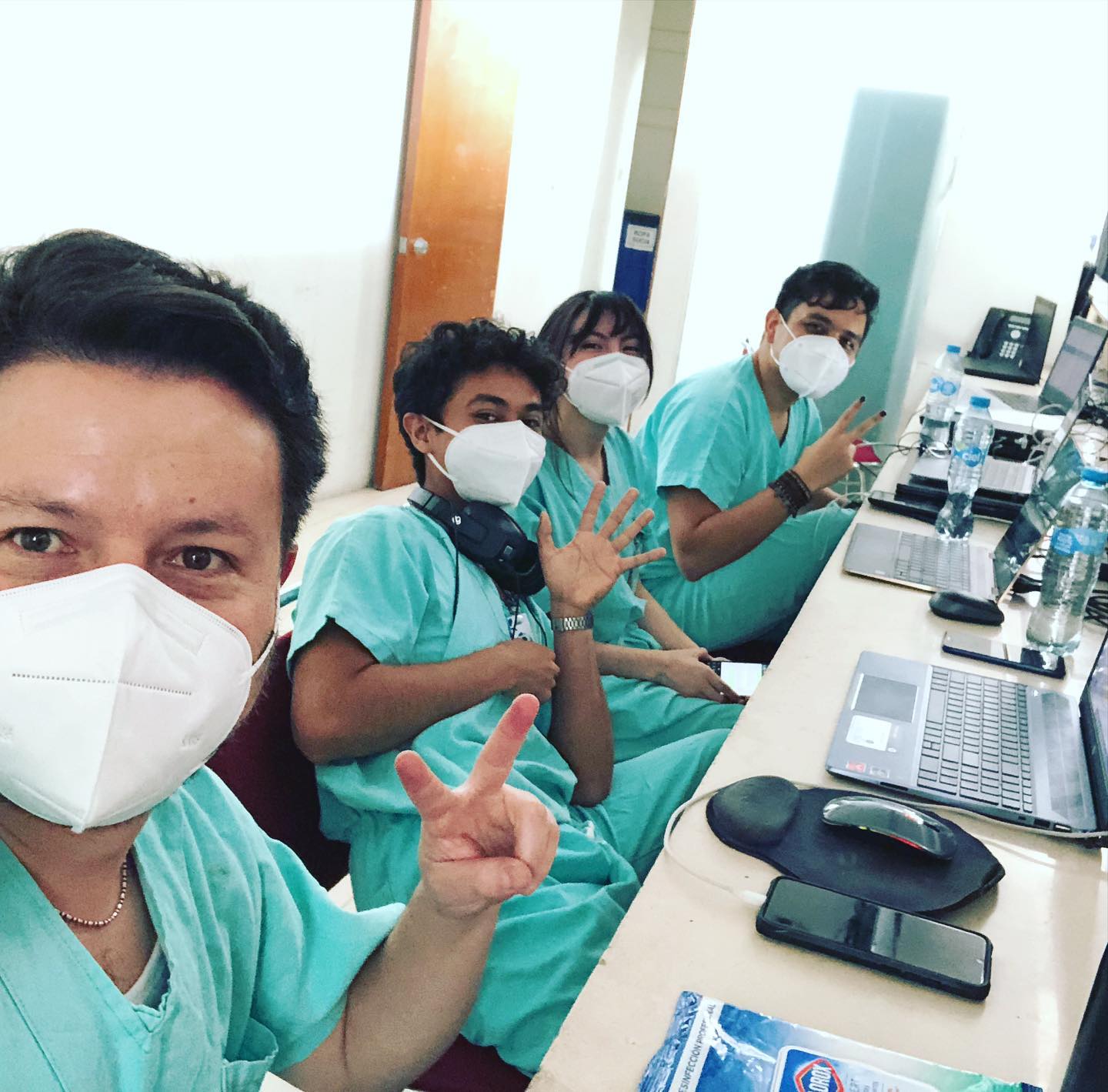The risk factors of obesity among adolescents during the covid-19 pandemic in the province of north sumatera
Abstract
Objectives: The COVID-19 pandemic has resulted in low levels of physical activity in adolescents and an increase in diet and frequency of irregular eating in adolescents due to the social restrictions of the COVID-19 pandemic. Methods: This research was conducted using a quantitative analytic approach with a cross-sectional study design. This study population were all adolescents aged 15-23 years at junior high school, high school, vocational high school, and university. The sample in this study were 127 adolescents. Data collection uses primary data online (Google form). The research instrument used the GPAQ (Global Physical Activity Questionnaire) questionnaire and the FFQ (Food Frequency Questionnaire) questionnaire instrument. The data analysis of this study used univariate analysis and bivariate analysis using the chi-square test. Result : The study results had a significant relationship between the history of obesity and the incidence of obesity. In adolescents during the COVID-19 pandemic (p = 0.000; PR = 3,930), there was a significant relationship between carbohydrate consumption patterns and the incidence of obesity in adolescents during the COVID-19 pandemic (p = 0.005; PR = 1.423), there was a significant relationship There is a significant difference between the pattern of consumption of vegetable protein and the incidence of obesity in adolescents during the COVID-19 pandemic (p = 0.043; PR = 2.305), there is a significant relationship between the pattern of consumption of animal protein and the incidence of obesity in adolescents during the COVID-19 pandemic (p = 0.031; PR = 2.287), and there is a significant relationship between the pattern of fast food consumption and the incidence of obesity in adolescents during the COVID-19 pandemic (p = 0.01 8; PR = 1.575). Conclusion : This study concludes that there is a significant relationship between a history of obesity and the incidence of obesity in adolescents, there is a significant relationship between patterns of carbohydrate consumption, there is a significant relationship between patterns of consumption of vegetable protein, there is a significant relationship between patterns of animal protein, there is a significant relationship between fast food consumption patterns on the incidence of obesity in adolescents during the COVID-19 pandemic. Keyword: Obesity, adolescence, physical activity, diet, COVID-19.


